An mp3 of the poem was posted to the website, Caught by the River, on 9th June 2011.
The wee-bit wobbling twickling sike, barely strength to run away.
Noo like a bairn in its early years it grows with quickening speed;
As it starts its journey to the sea from the wastes of Coquet Heed.
Noo it’s here by the Usway Burn, then joined by the Ridlees Watter;
It’s running noo with yelp and skelp, with splash and foam and clatter.
Past Alwinton on Show Day, and aal the happy thrang;
Past Angryhaugh and Harbottle, with its ancient castle strang.
Mair slowly noo at Hepple, where speckled trooties lie,
To test the skilful angler with his fancy tethered fly.
Rothbury racecourse and Weldon Bridge, then Felton doon to Amble,
Past gentle staring sheep and coos, and lambs that skip and gamble.
Twixt the piers and o’er the bar, to freedom past the Isle,
This my friends is wonderland, for nigh on fifty mile.
So whichever village ye come from, for aeons the poets have spoke it,
It’s the silver threed that binds us aal, the queen of rivers, the Coquet.
There is some more information onthe website of Fabulous North.
A poem, 'The Hungry Gallows Tree', written in a Northumbrian dialect by Peter Athey for the occasion is attached to the upright post:
The first stanza setting the theme of his 'fanciful tale' of betrayal and a grisly hanging is given below:
On the auld North Turnpike Road
Stood the Rimside Inn
In former times a place o' grim forbode.
Update. The surprise, 'Ode to Guyzant Meg' by local poet J. P. Athey, has sadly disappeared."
This is one of the poems duplicated and replaced by Ron Bailey, referred to (and reproduced) in his letter to The Northumbrian.
Athey's poem left at Caller Crags was photographed by Leanmeanmo in 2014 and posted on Geograph (below).
Lit for the first time on 15 October 2011 at 1900 hrs.
Eshot Castle
“Over seven hundred years it’s stood here, to bring you peace, to belay your fear”.
Brainshaugh Priory
“In this protective arm o’ the Coket river; peace and solitude bide forever”.
Thirston House
“In this stately, lovely genteel house, Lives friendship. Be ye rich or poor, Man or Mouse”.
Bockenfield Market
“Here neath the green grassy sod concealed, lays the ancient Market Town of Bockenfield”.
New Moor Tower
“Neath Overgrass farm, stands New Moor Tower. Counting the Century’s, as we Count the Hours”.

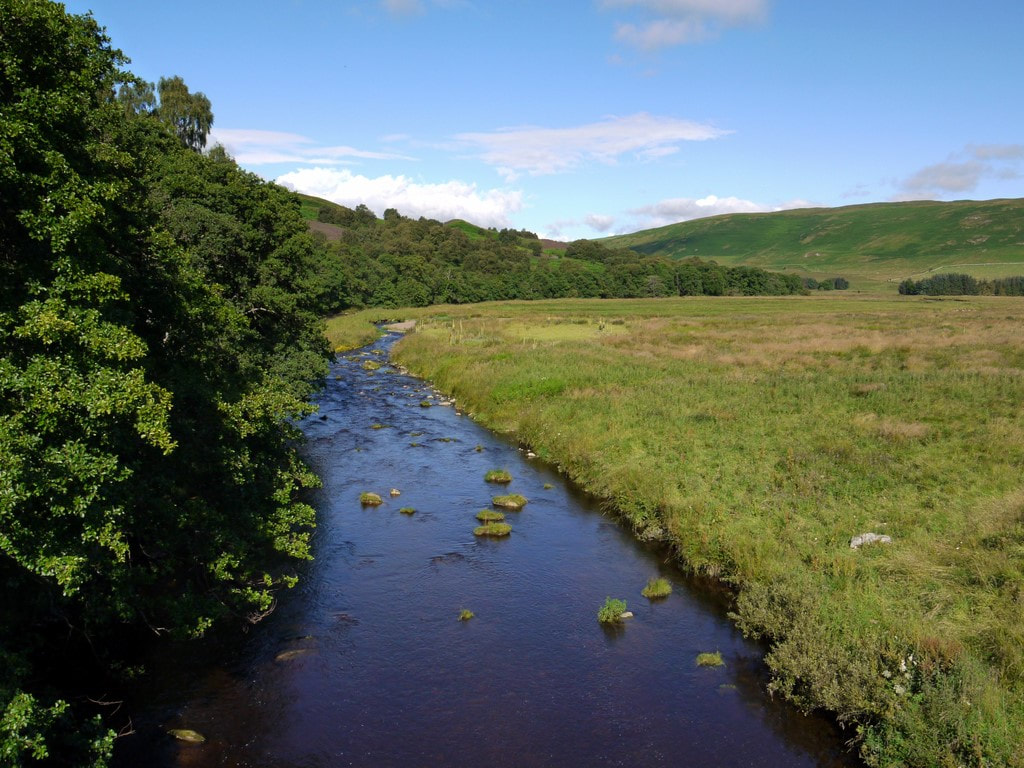
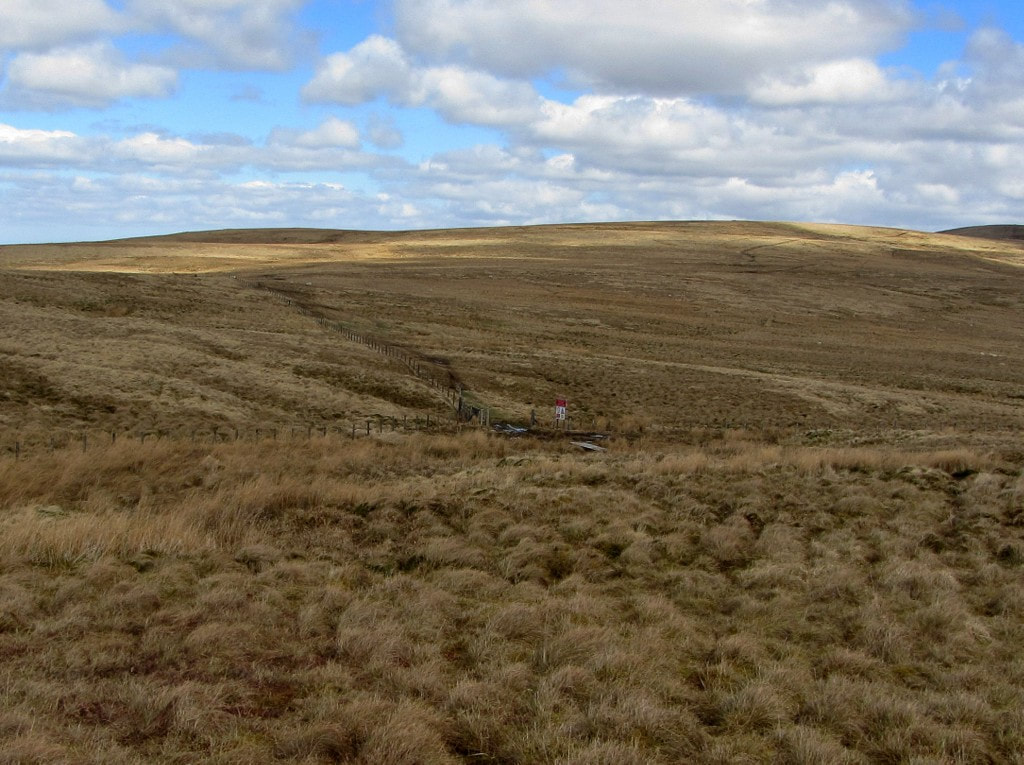
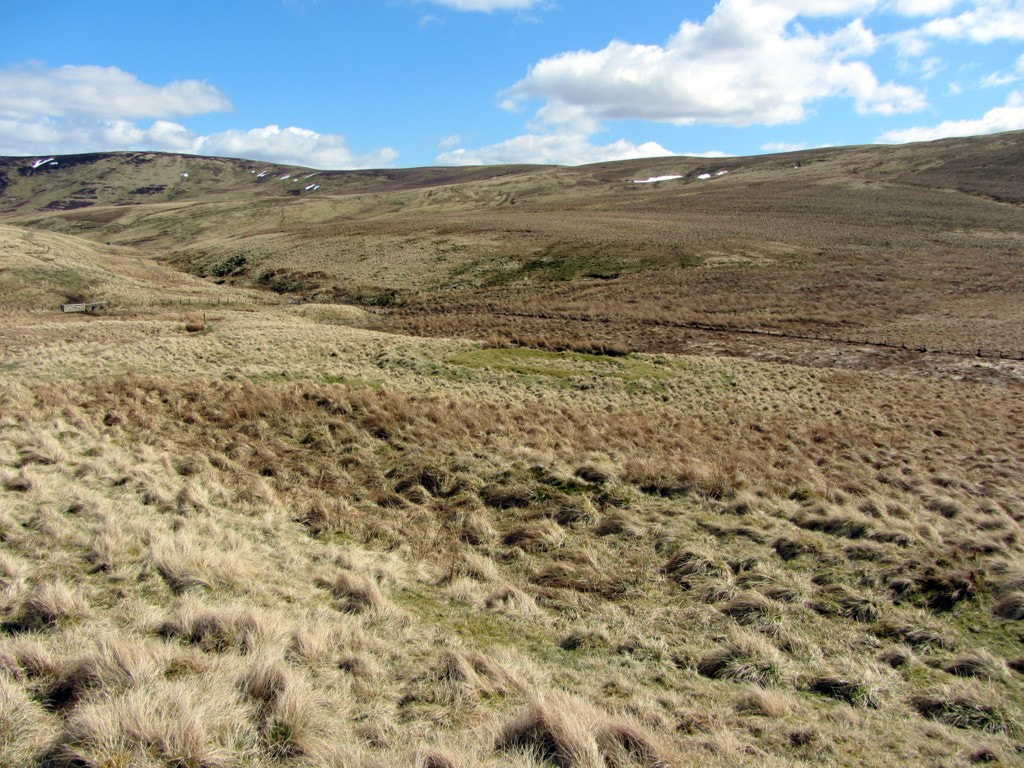

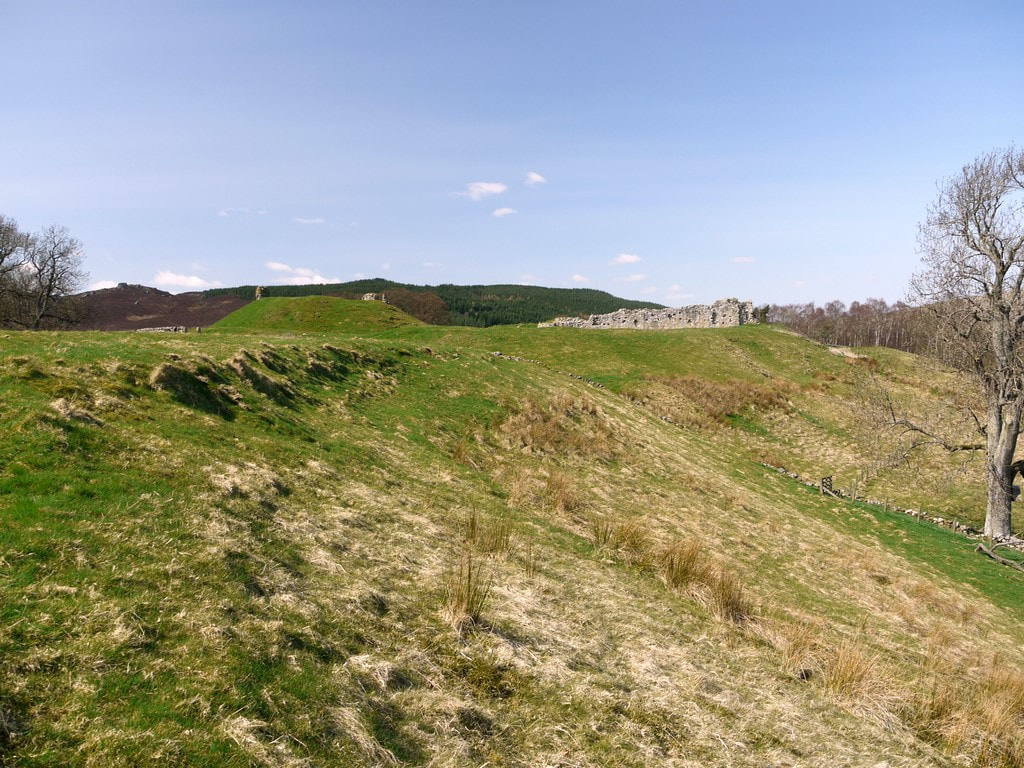
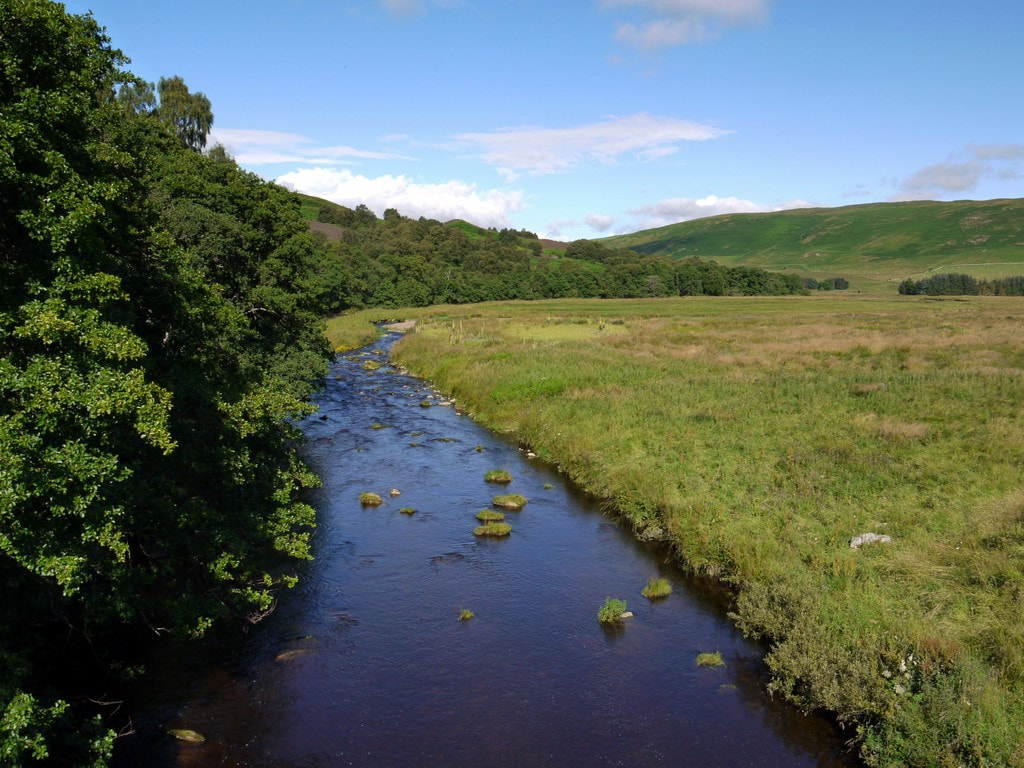
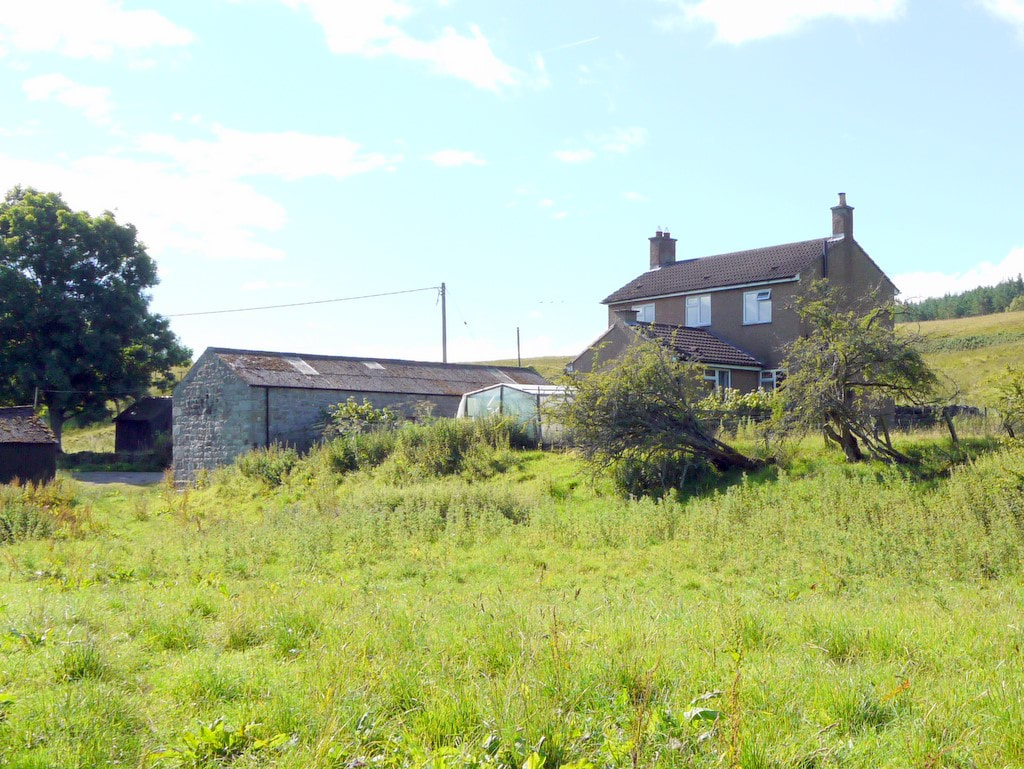

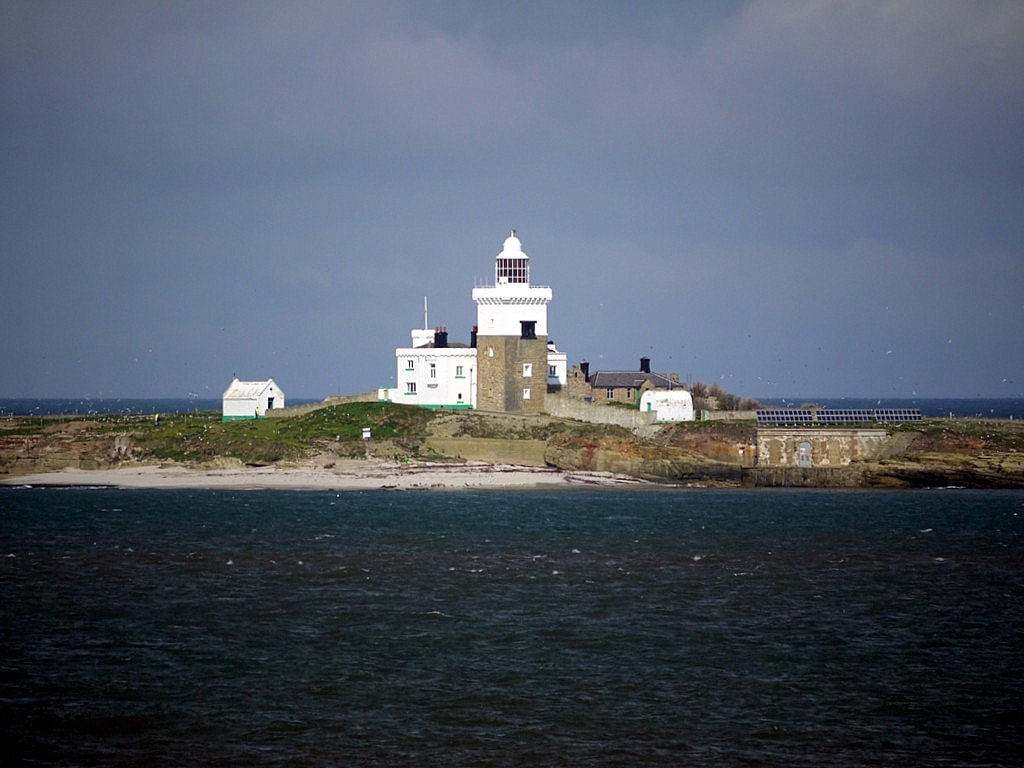
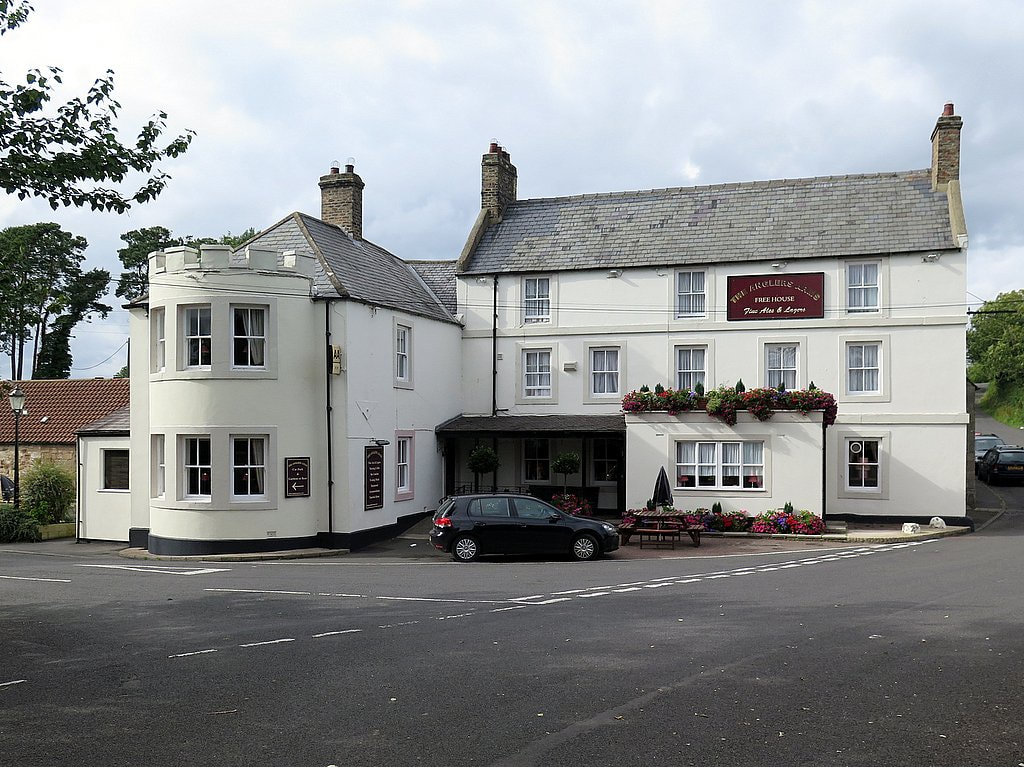
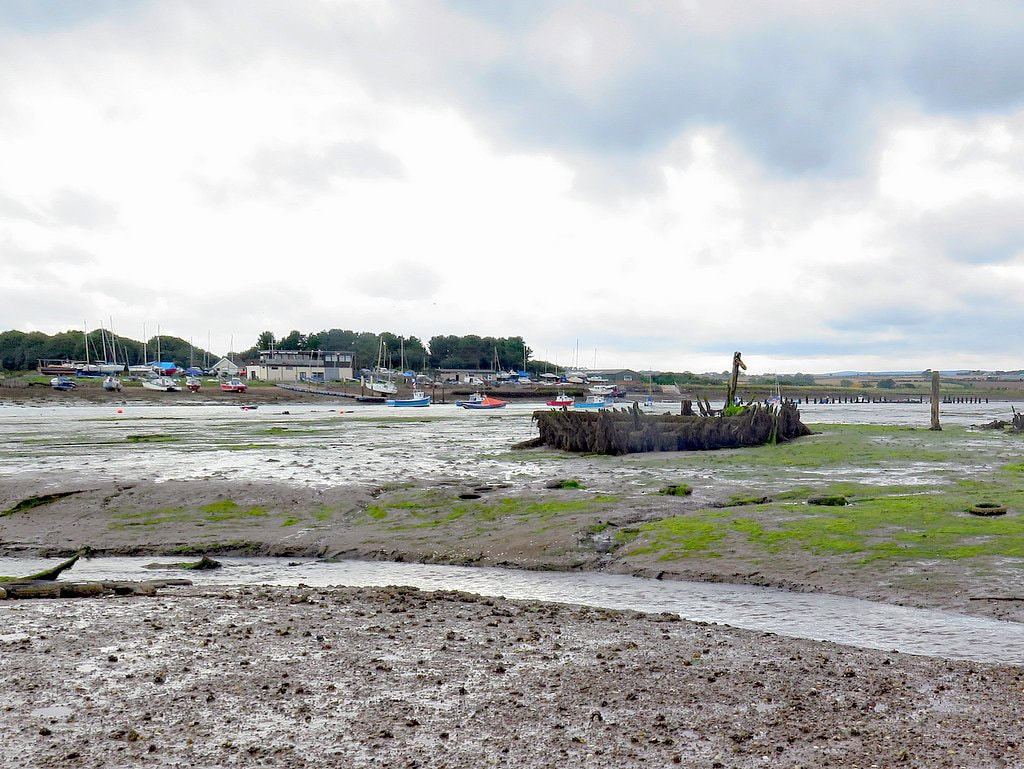
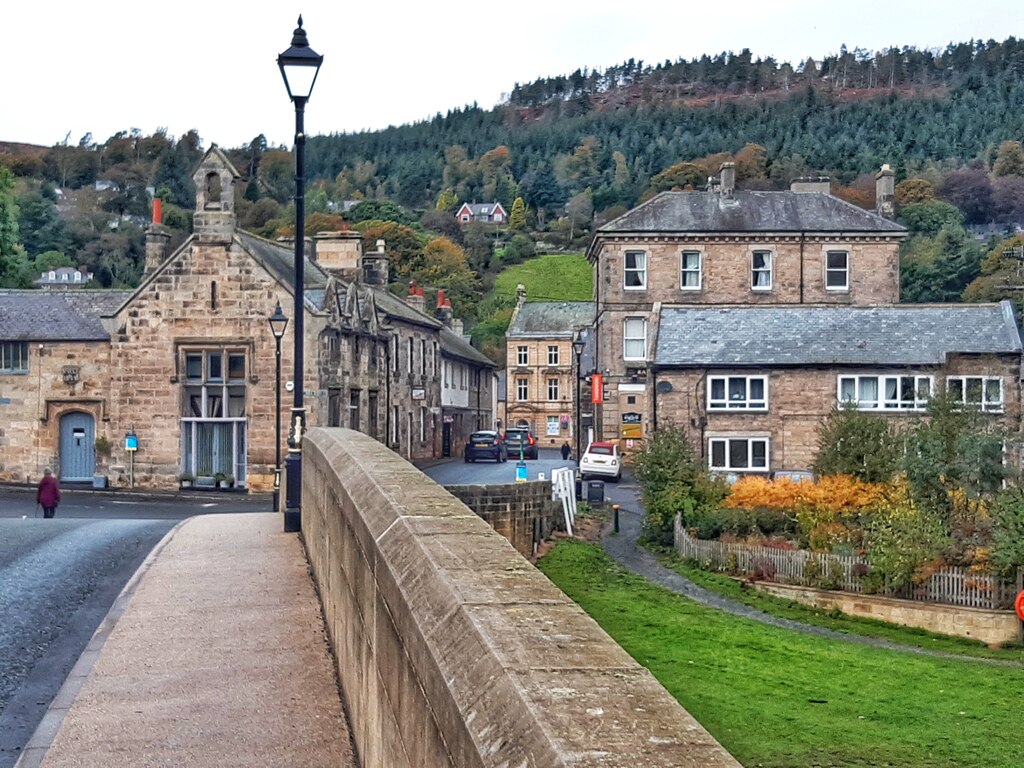
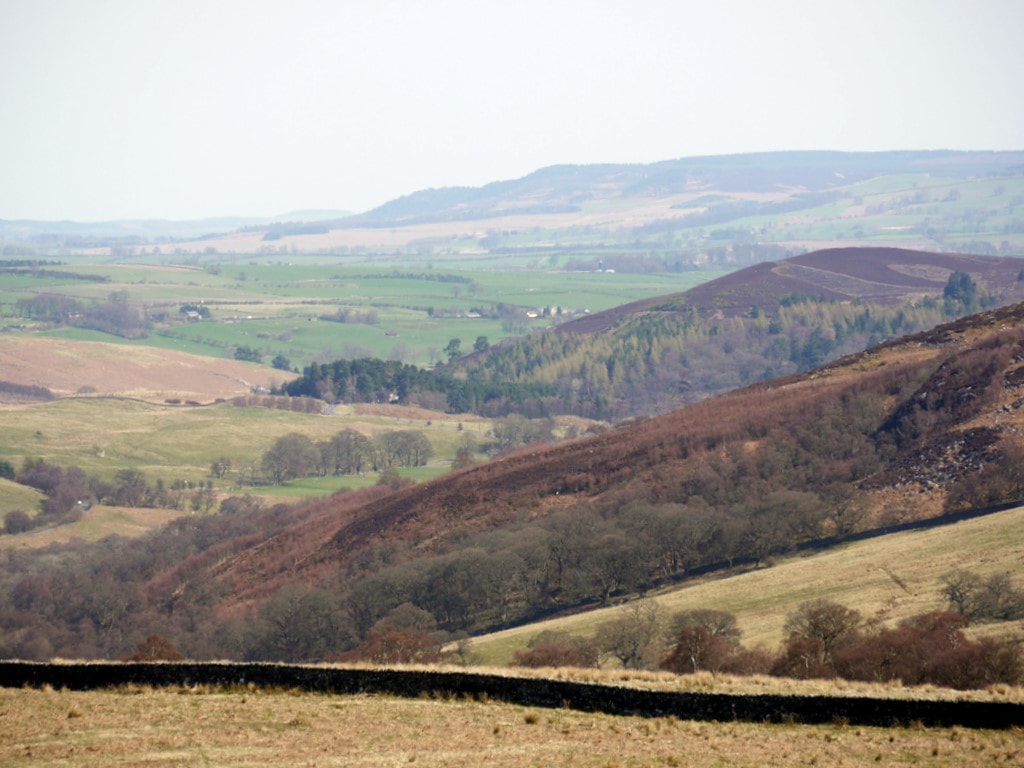
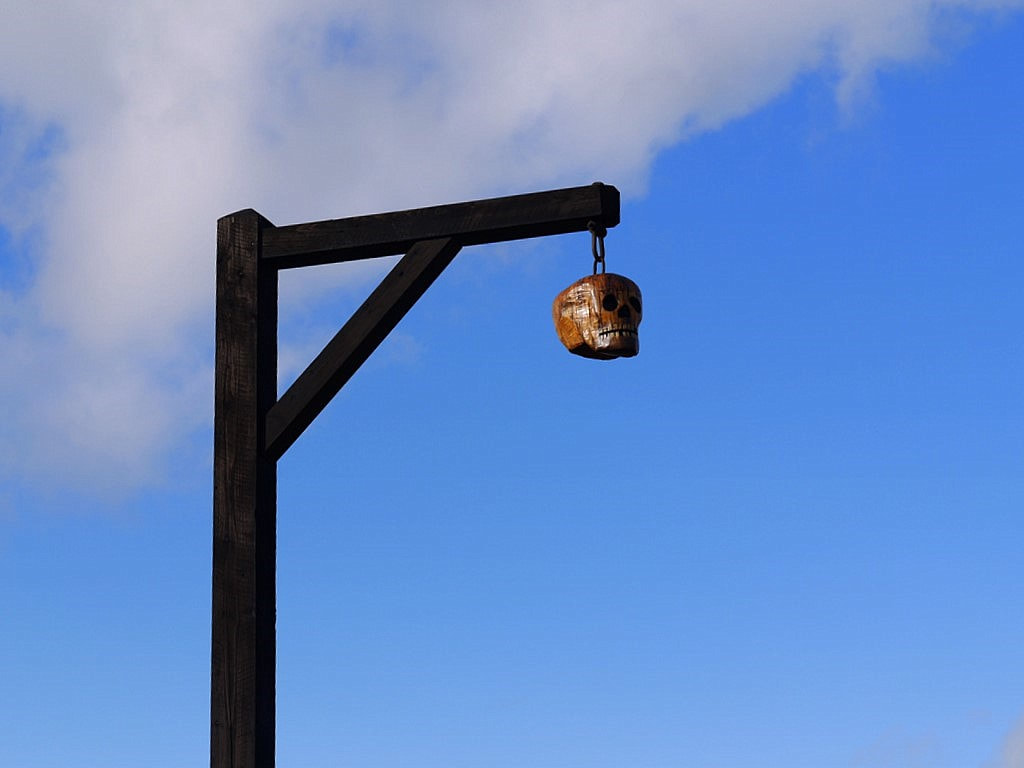


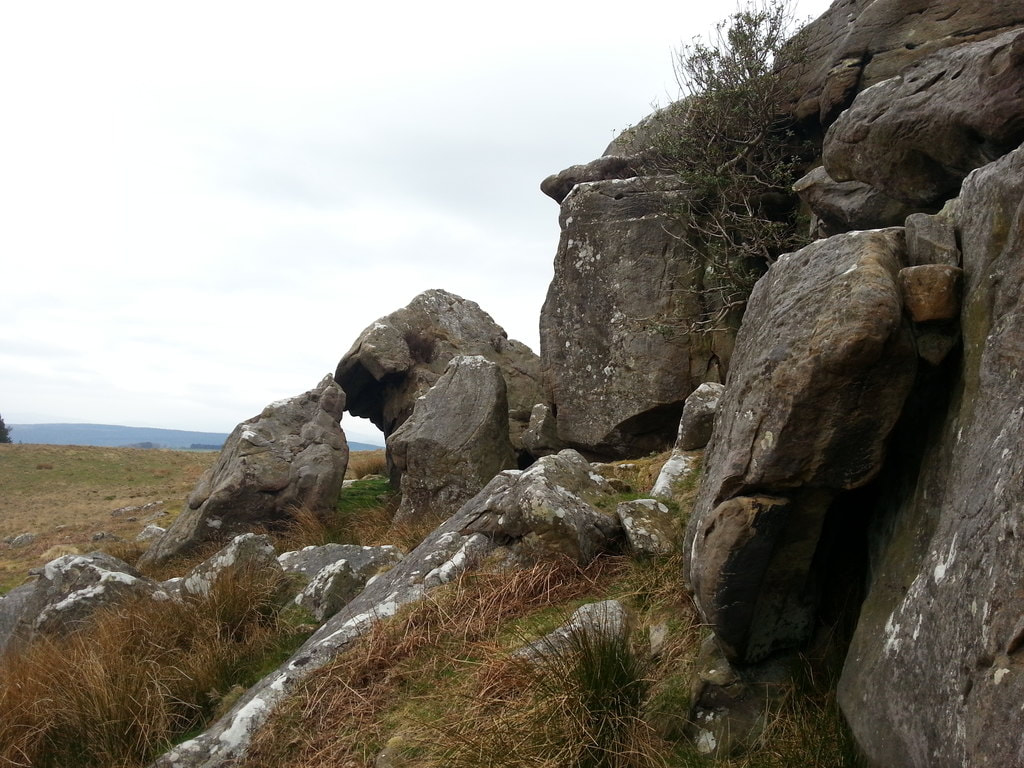
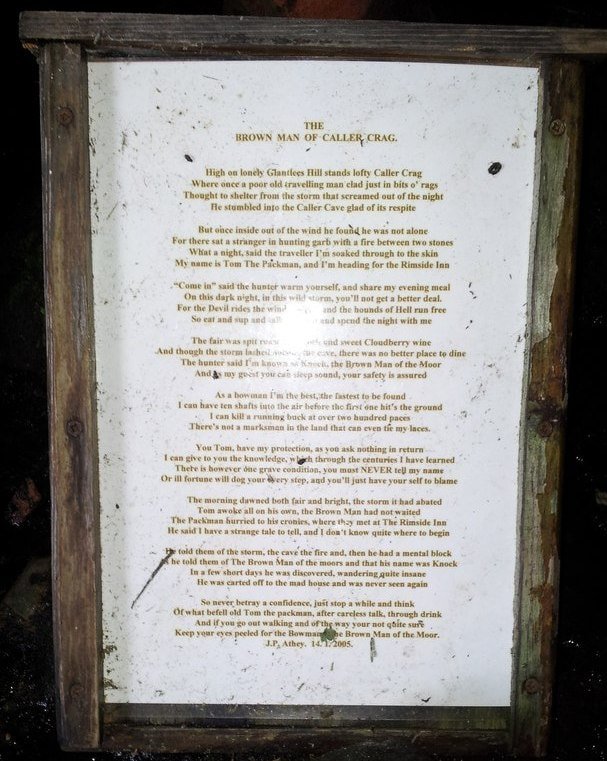

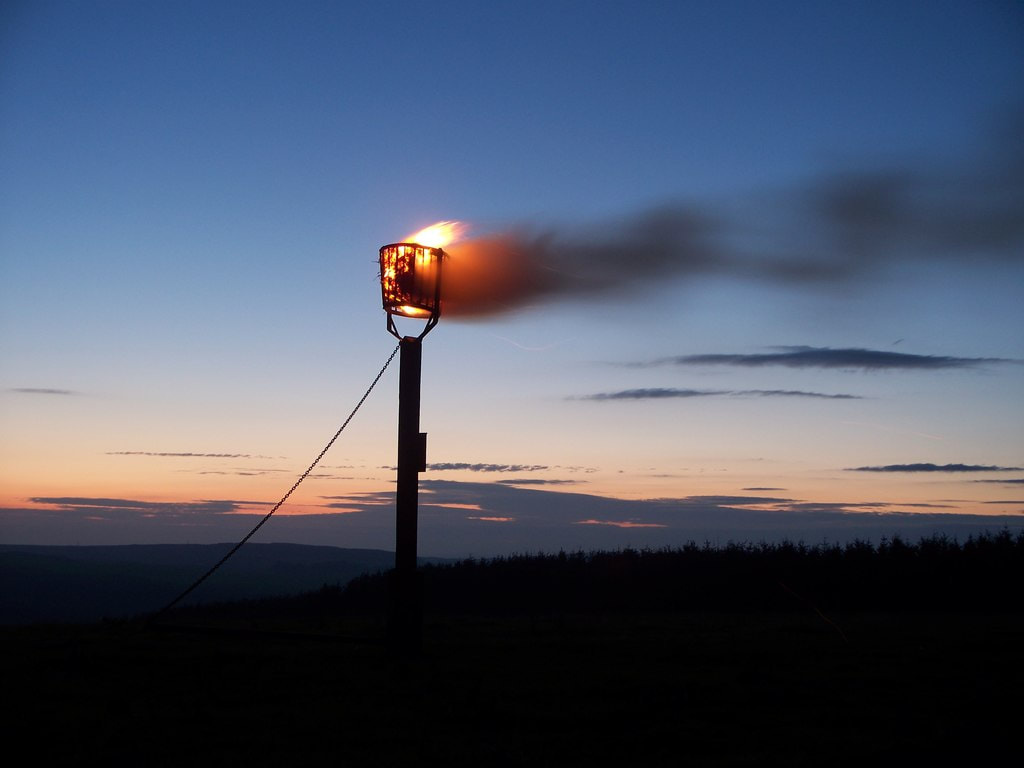
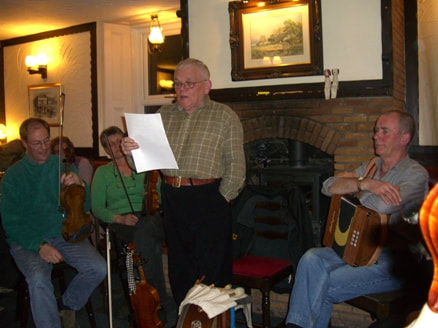
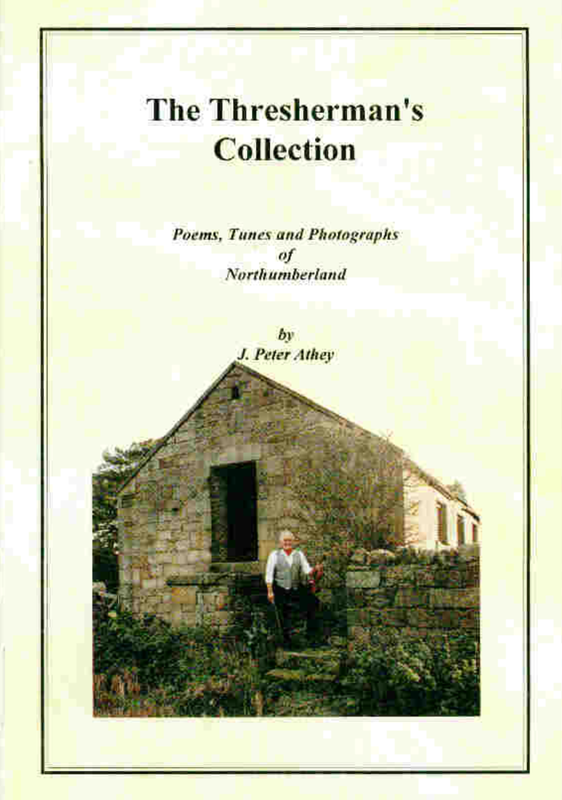
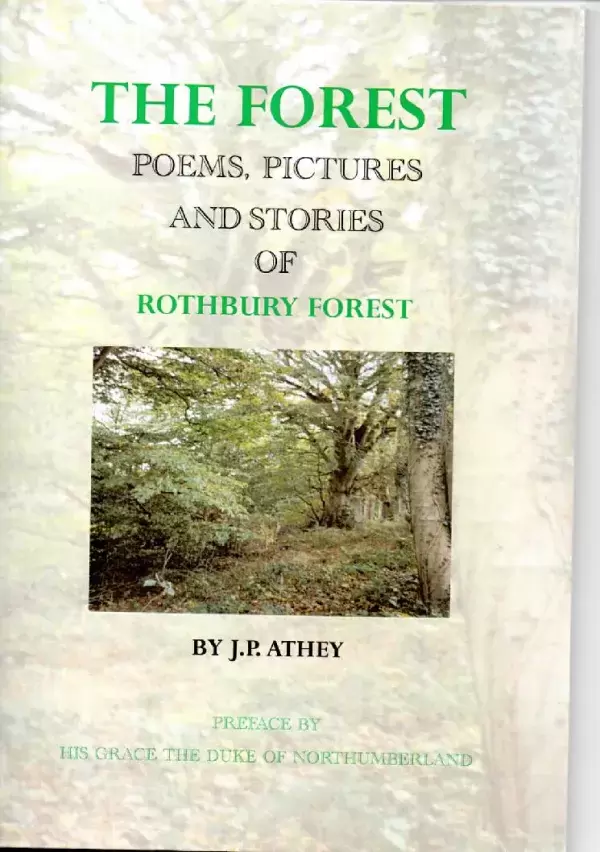
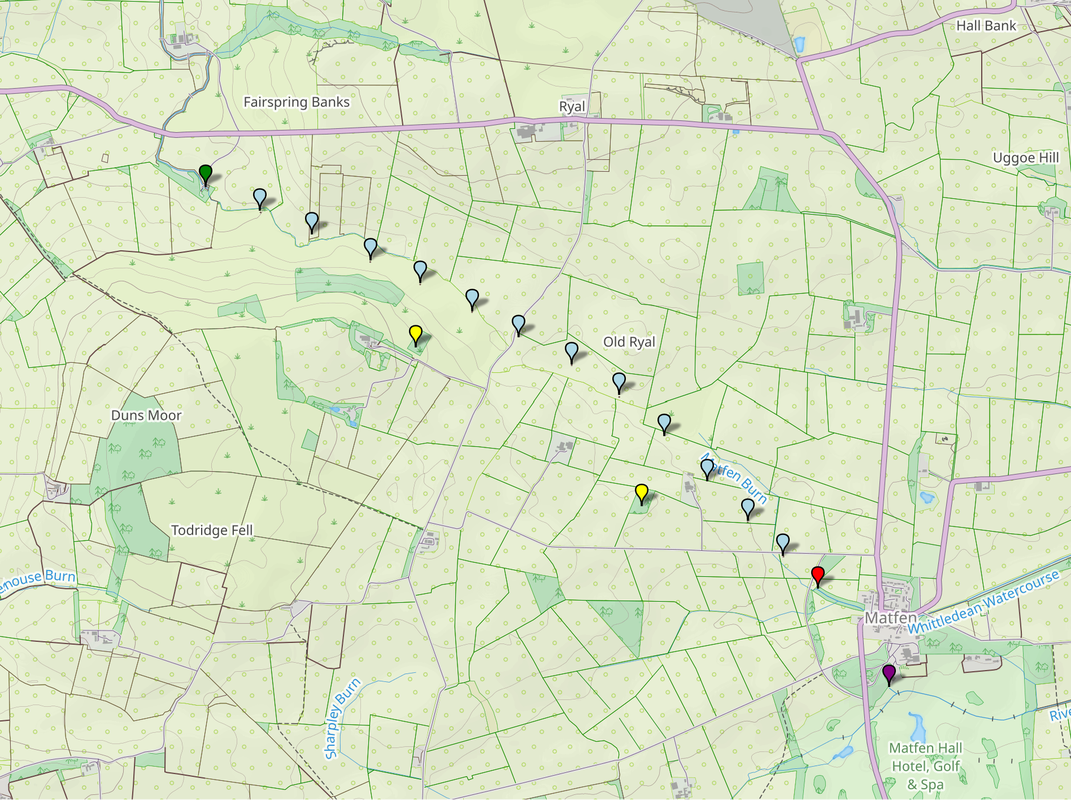


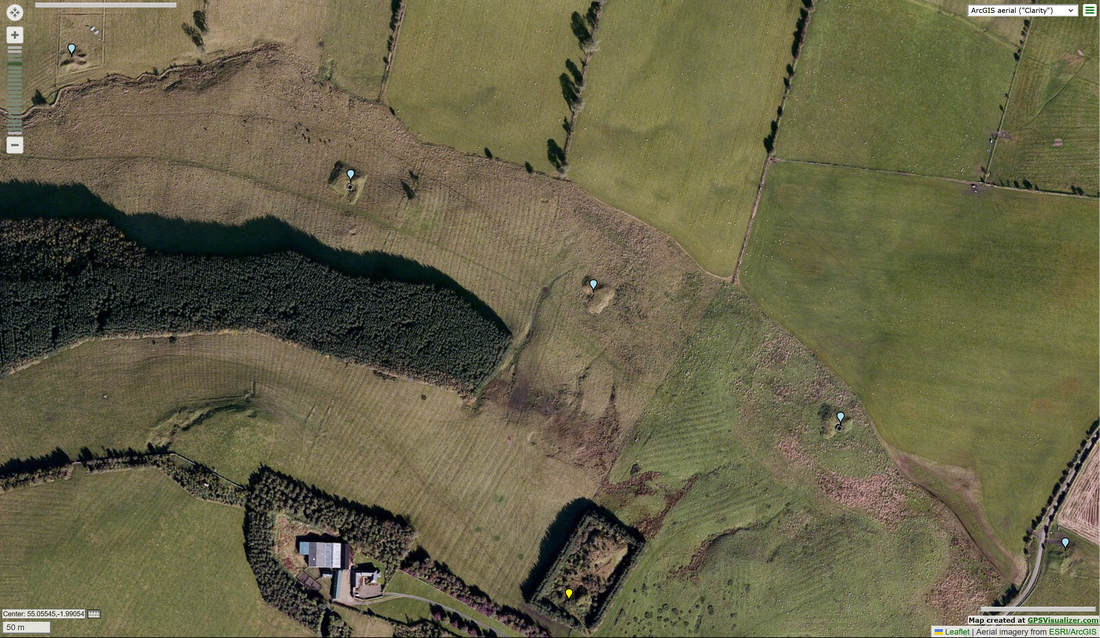
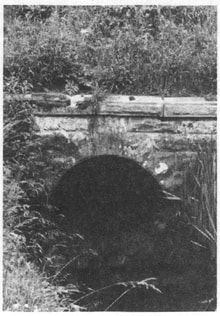
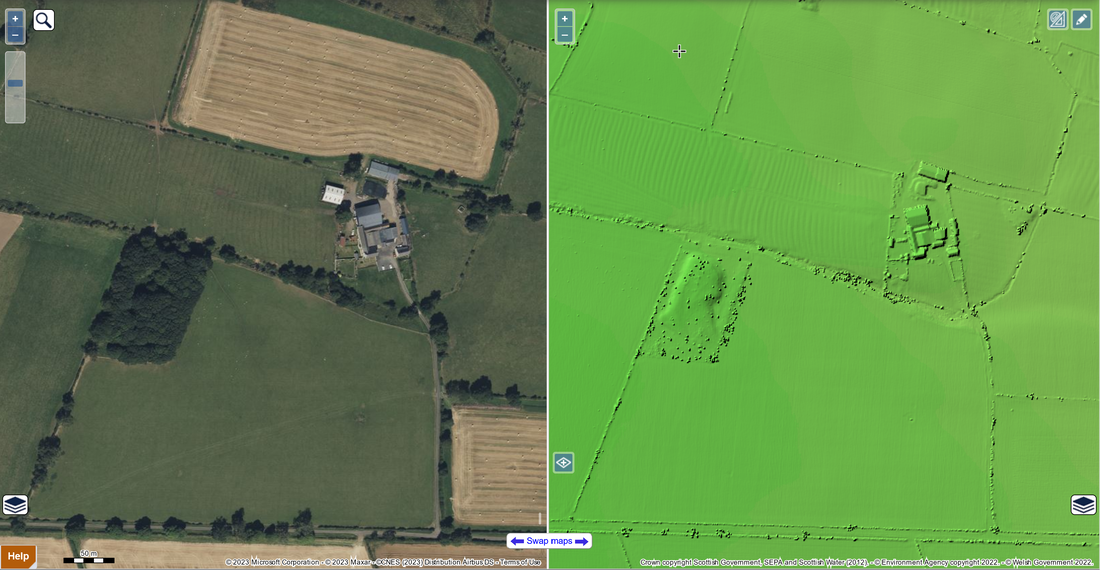
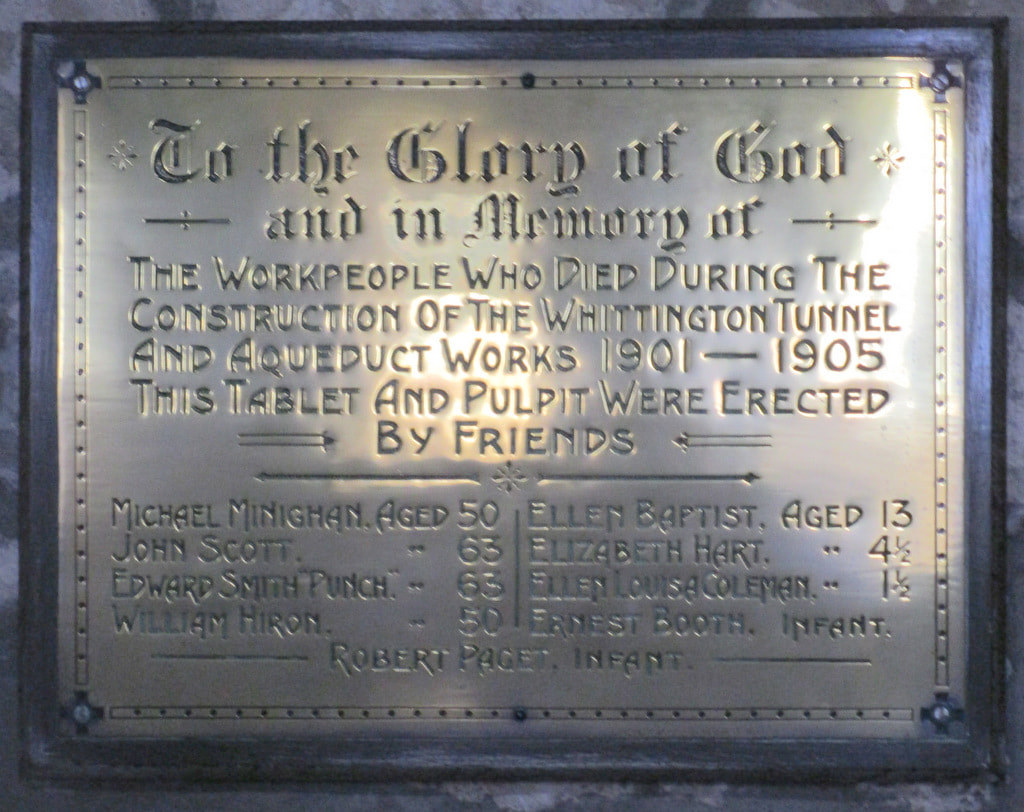
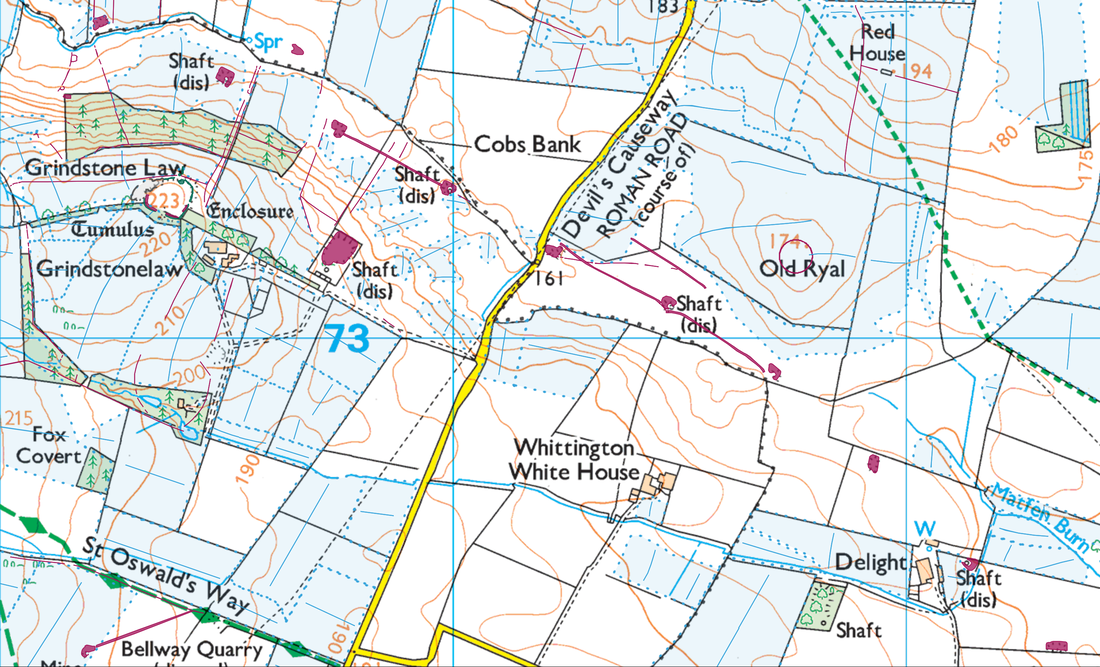

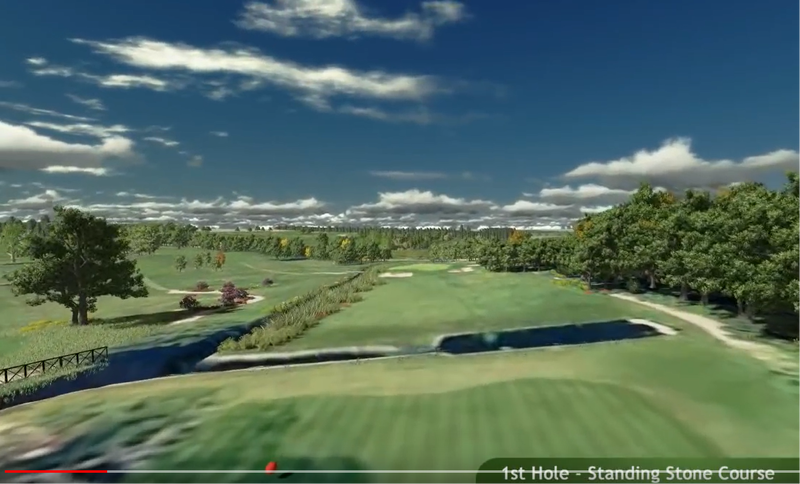


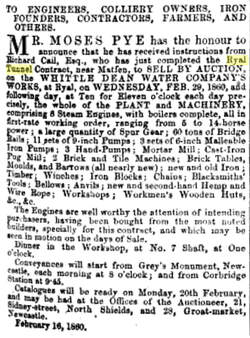



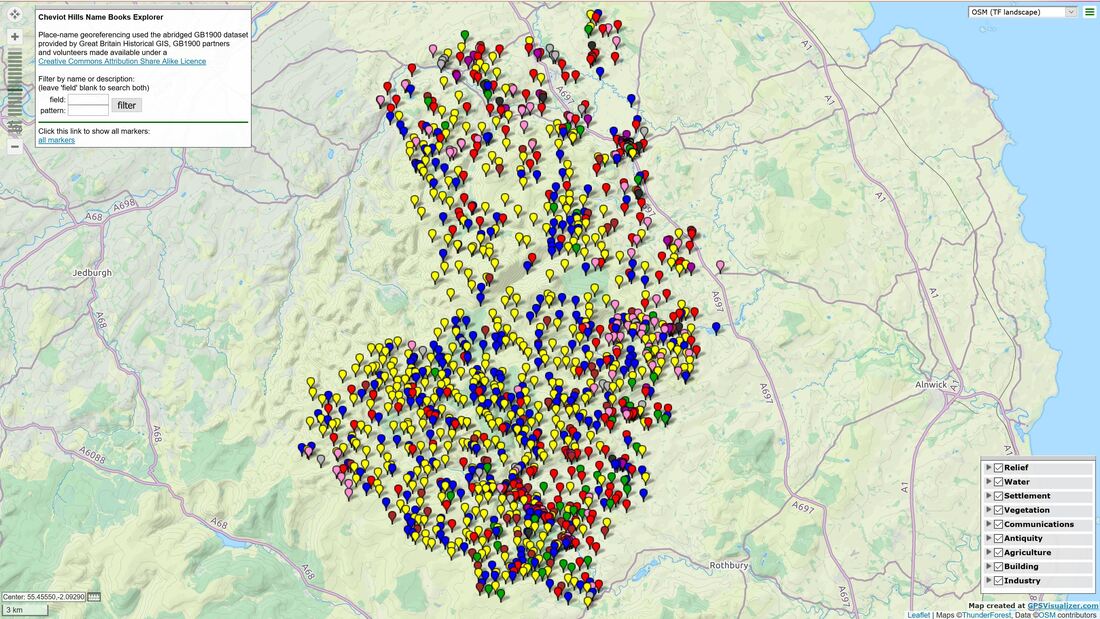
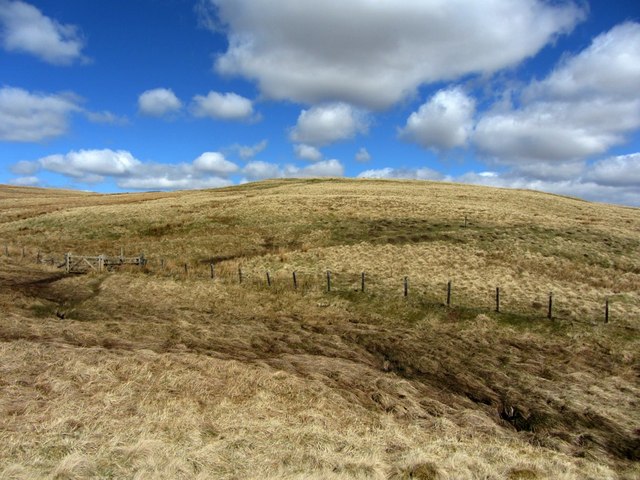
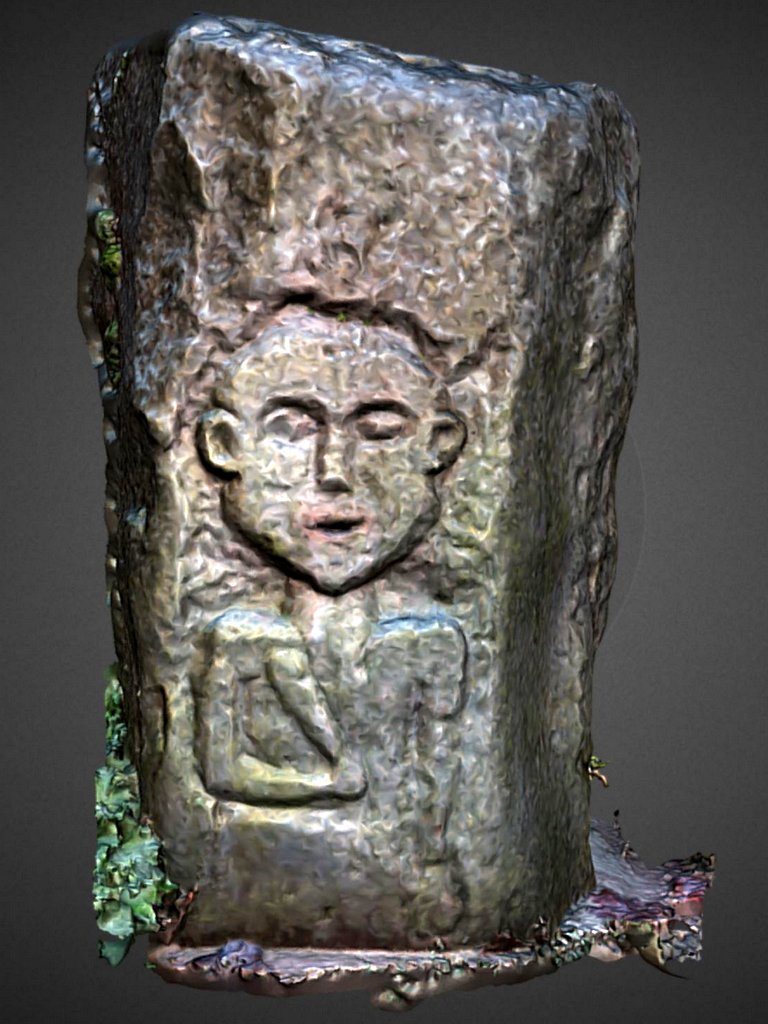
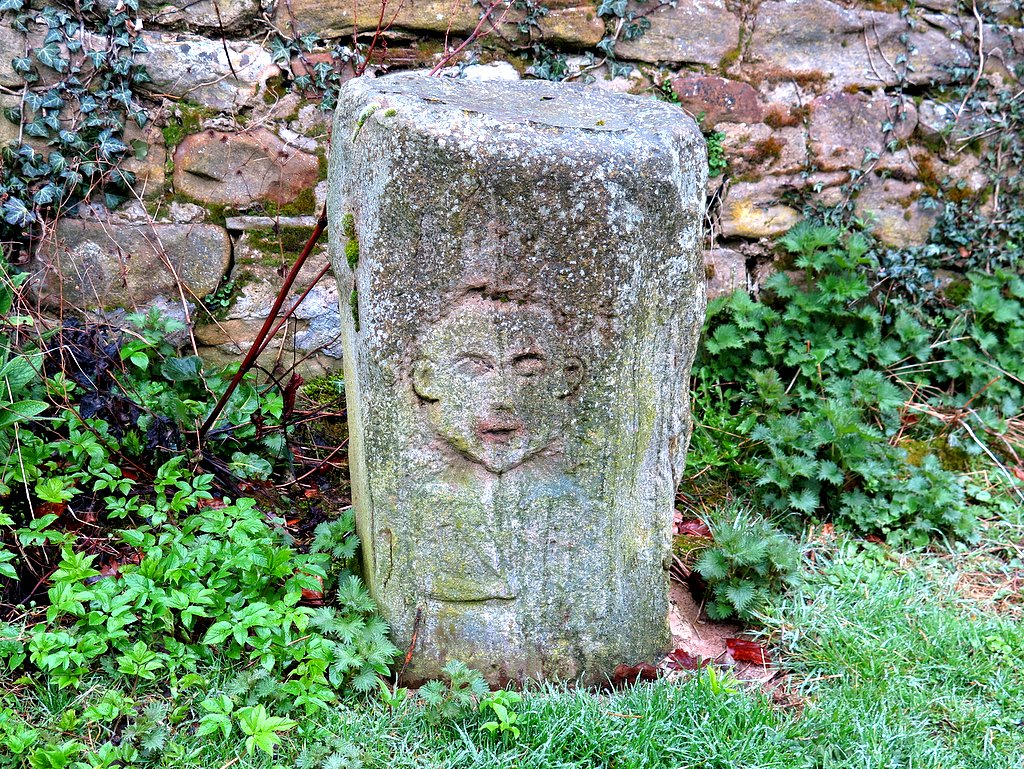
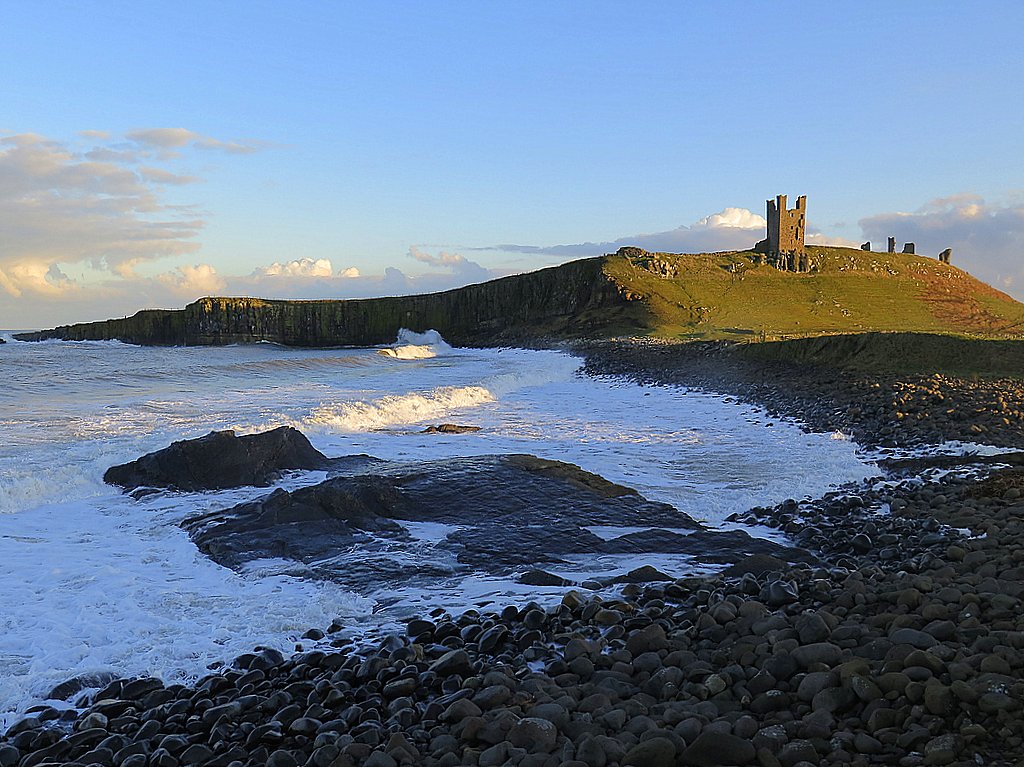
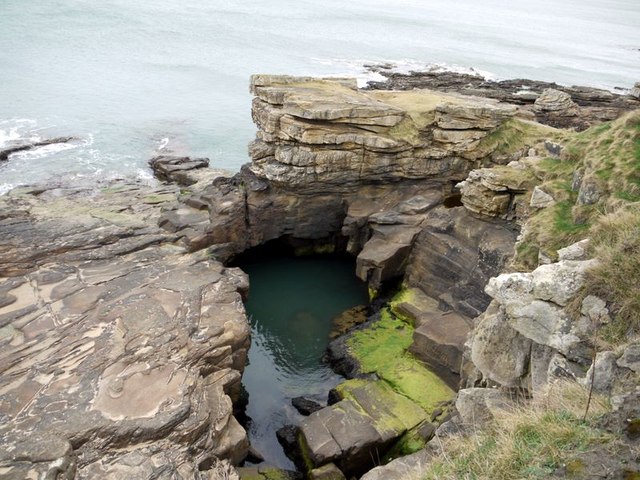
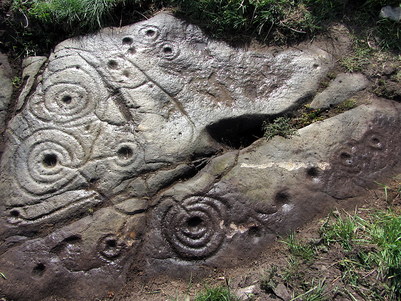
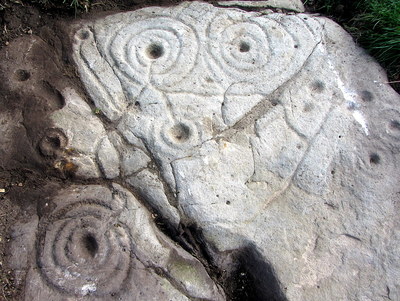

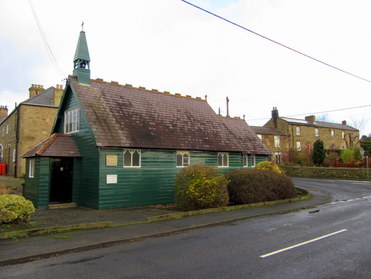
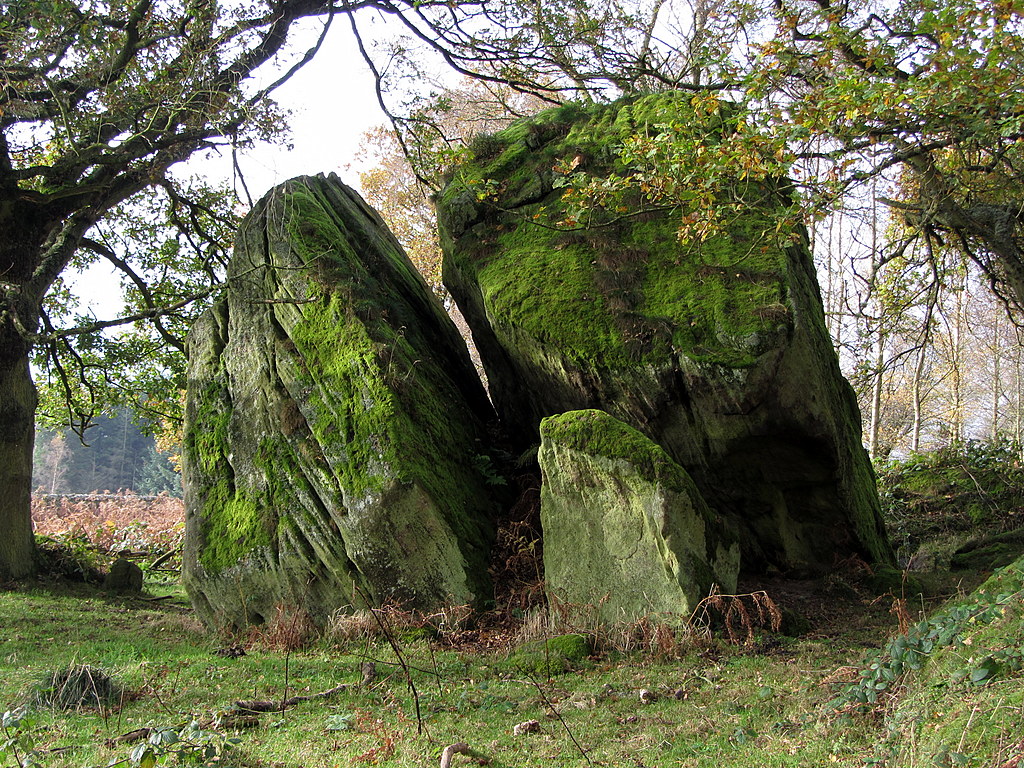
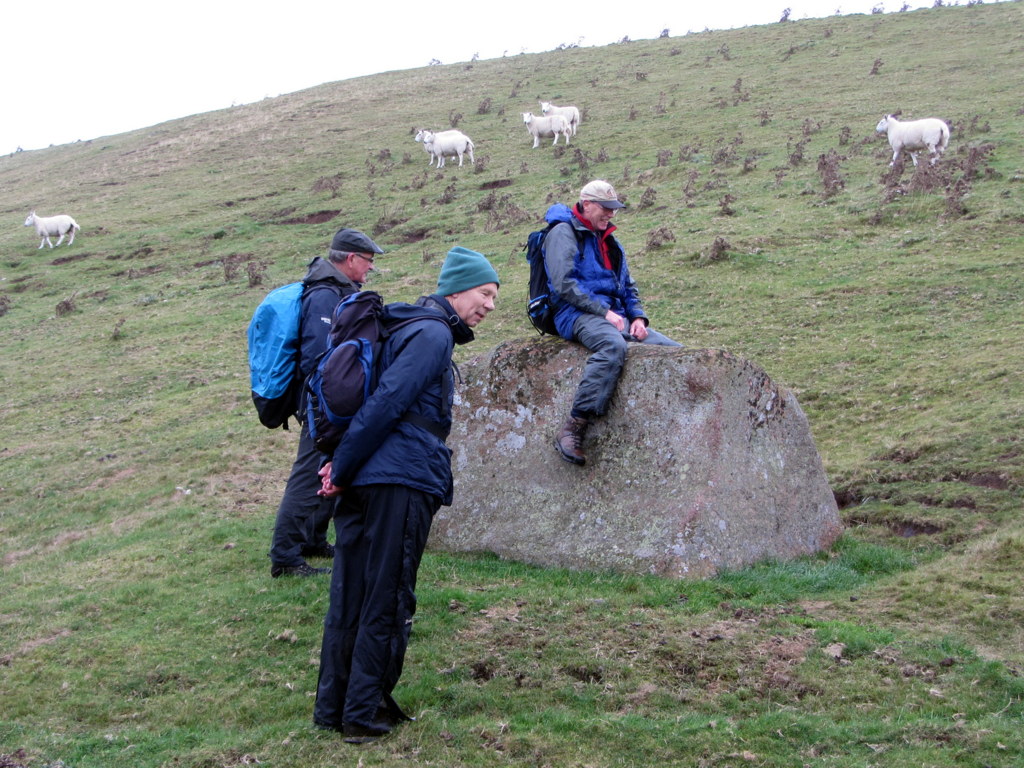
 RSS Feed
RSS Feed
